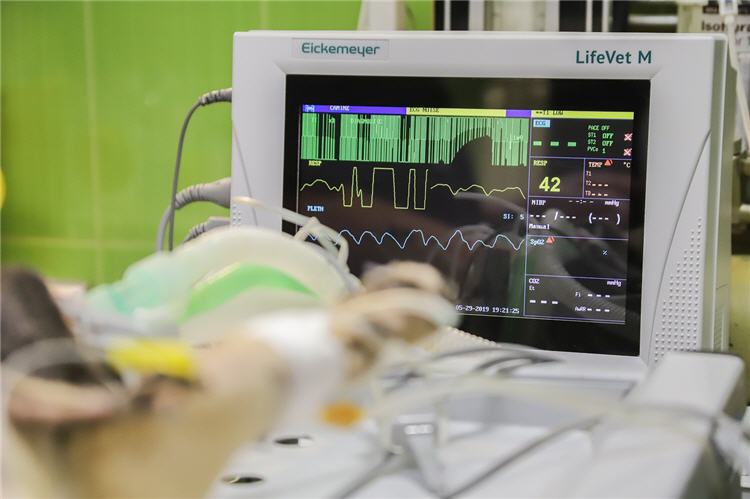
Like any other industry, the healthcare industry can benefit from streamlining. With so many patients to care for and so little time, it can be difficult to keep track of everything. Many hospitals and healthcare agencies are turning to software as a way to automate their workflow and streamline their processes. This can be a great way to improve efficiency and ensure that everyone is on the same page. There is therefore a greater demand than ever for NDIS provider software. This can help health admin to run more efficiently than it ever has in all sectors of patient care. We shall examine its benefits below.
Page Contents
Scheduling Appointments
One of the most important aspects of streamlining healthcare is scheduling. With so many patients and appointments, it can be difficult to keep track of everything. Healthcare scheduling software can help to automate this process and make it easier for everyone involved. The software can keep track of appointments, surgeries, and other events. It can also send reminders to staff and patients. This can help to ensure that everyone is where they need to be and that no appointments are missed.
Of course, it is not cost-effective for appointments to be wasted in any way, and this is entirely preventable by using the correct software to keep better track of the booking process. When automated, we can see immediately where the available slots are and it is just not possible to book the same person in two slots when the software is coded not to allow it.
Effective healthcare delivery necessitates smooth coordination and organization, and, as such, practice management software has become an indispensable instrument in this process. By using software such as this, healthcare professionals cannot only streamline scheduling but also improve their workflow efficiency and centrally maintain patient information. In consequence, patient experiences are optimized as scheduling conflicts are minimized and wait times are cut down.
Automated Tasks
Patient care can be streamlined by automating tasks to help eliminate human error. This can also free up time for medical staff to focus on more important tasks, and help to ensure that care is given on time and the correct instructions are followed.
Improved Communication
Streamlining healthcare can also help to improve communication between medical staff and patients. With so much information to keep track of, it can be difficult to communicate effectively. Healthcare software can help to streamline communication by keeping all of the information in one place. This can make it easier for everyone involved to stay in the loop and to know what care it is they are needing to provide.
Better Patient Care
By streamlining healthcare, you can improve the quality of care that patients receive. With better communication and more efficient processes, you can ensure that patients are getting the care they need promptly. This can lead to better health outcomes and a higher level of satisfaction with the care they receive.
Improved Efficiency
The streamlining of healthcare can also help to improve the overall efficiency of the system. With improved communication and more efficient processes, you can reduce the amount of time that is wasted on tasks that don’t add value. This can ensure that no time is wasted in the care process.
Reduced Costs
The streamlining of healthcare can reduce costs in terms of the administration and delivery of healthcare. By automating tasks and improving communication, you can reduce time spent on tasks that don’t add value. This can help to reduce the overall cost of the healthcare system and make it more affordable for everyone involved.
Streamlining healthcare can have several benefits for both medical staff and patients. By automating tasks, you can improve the quality of care that patients receive and make the system more efficient. This can lead to better health outcomes and a higher level of care being received by patients. In addition, streamlining healthcare can also help to reduce the total costs of running the system. This can make it more affordable for everyone involved and help to improve the overall efficiency of each healthcare organization.
